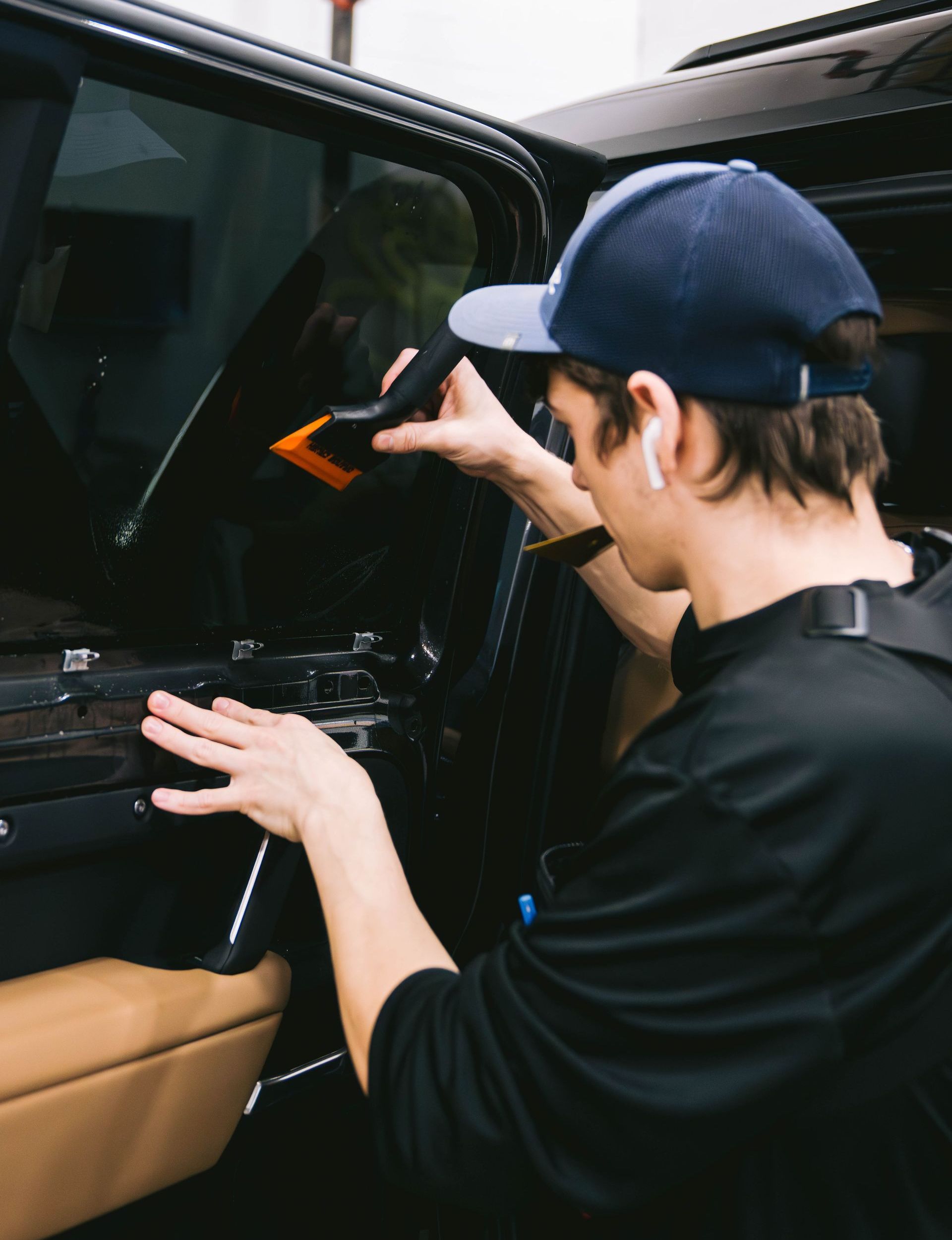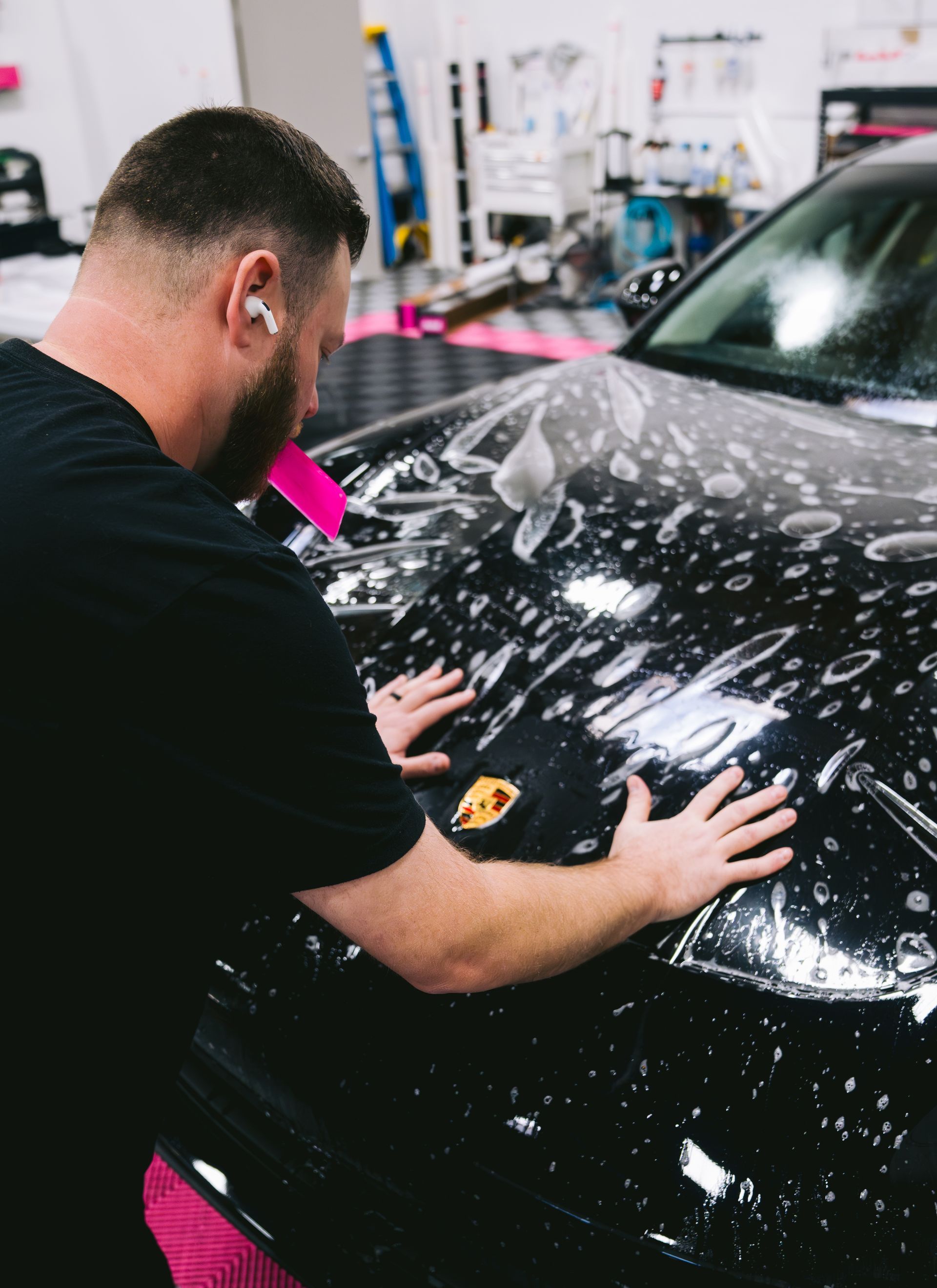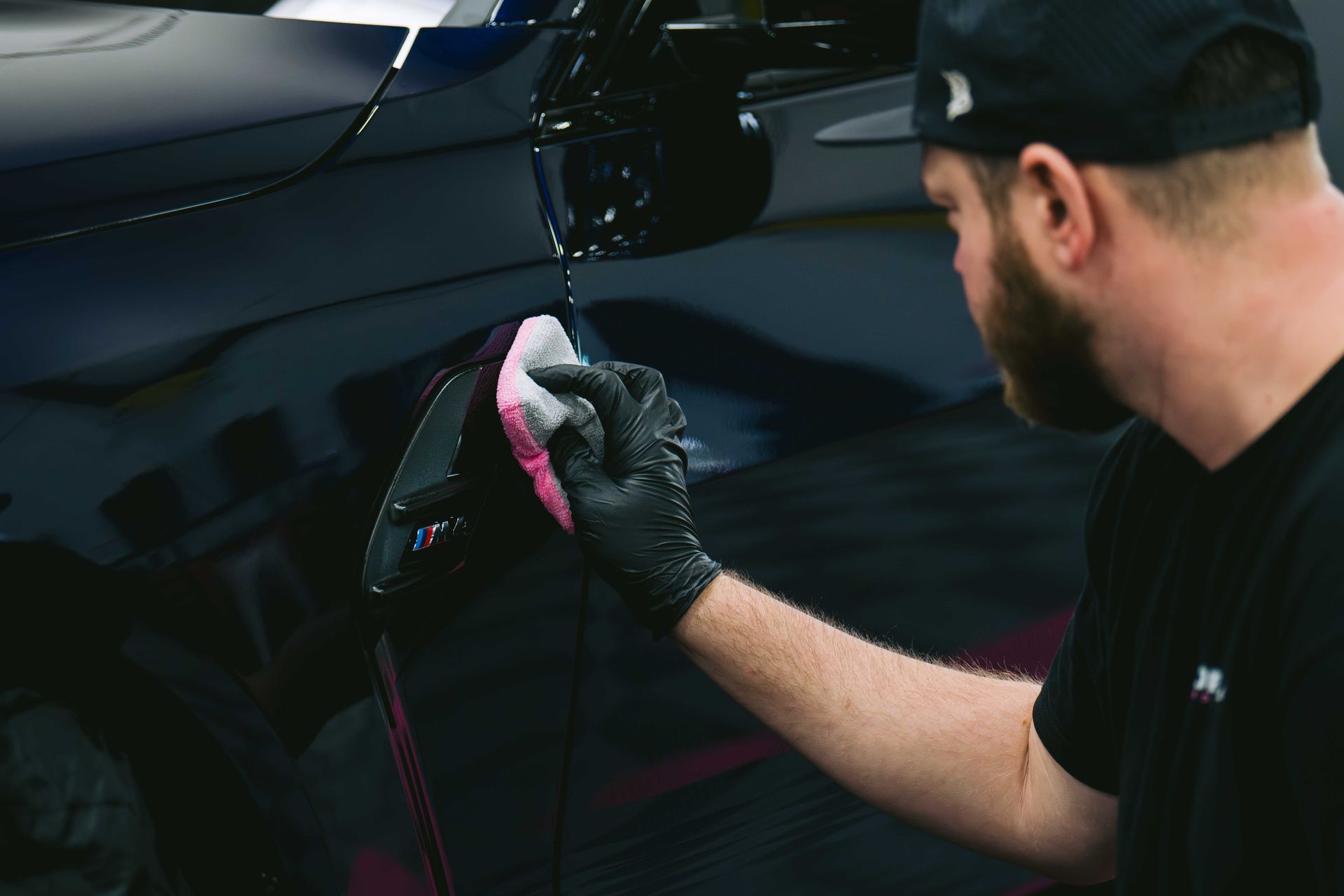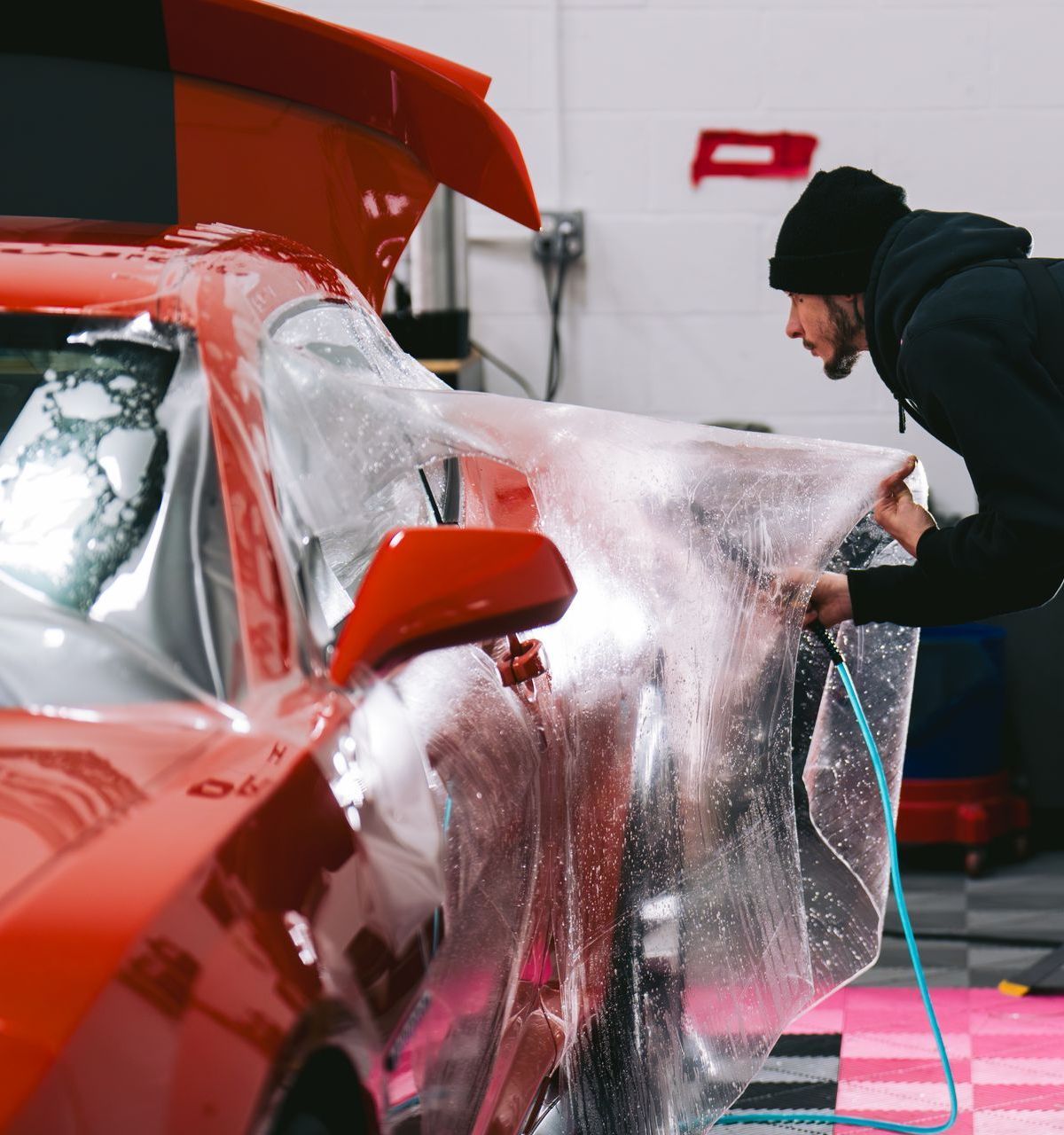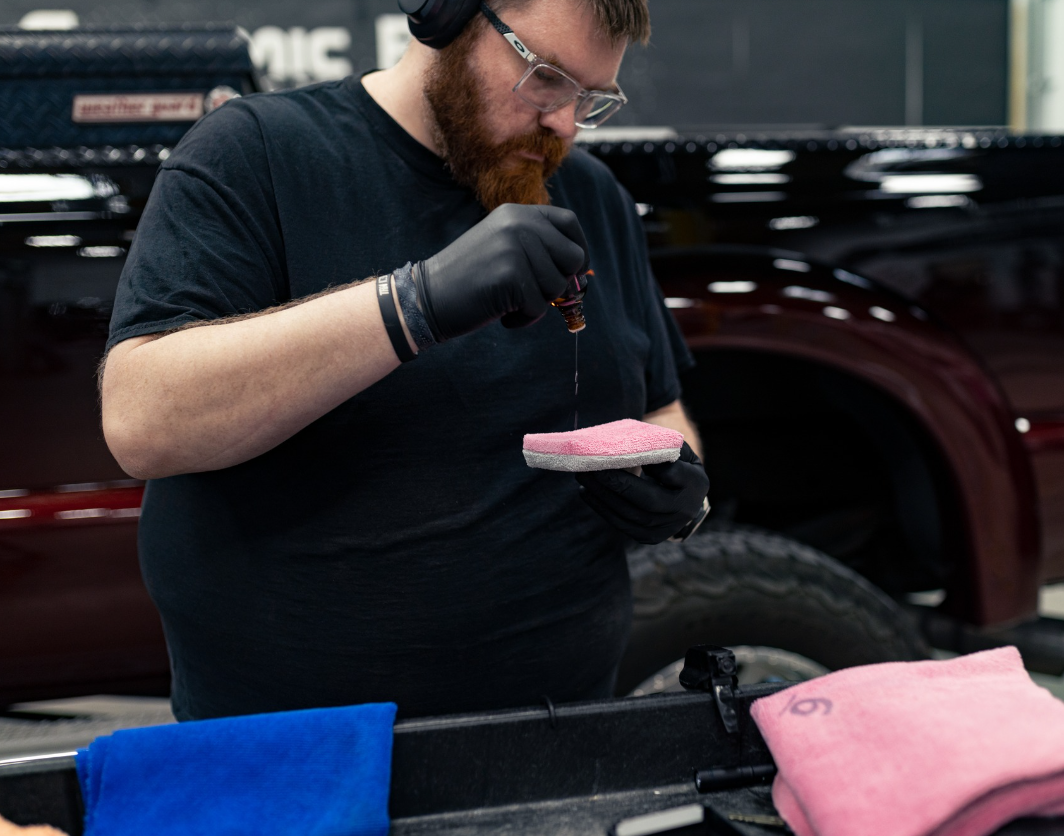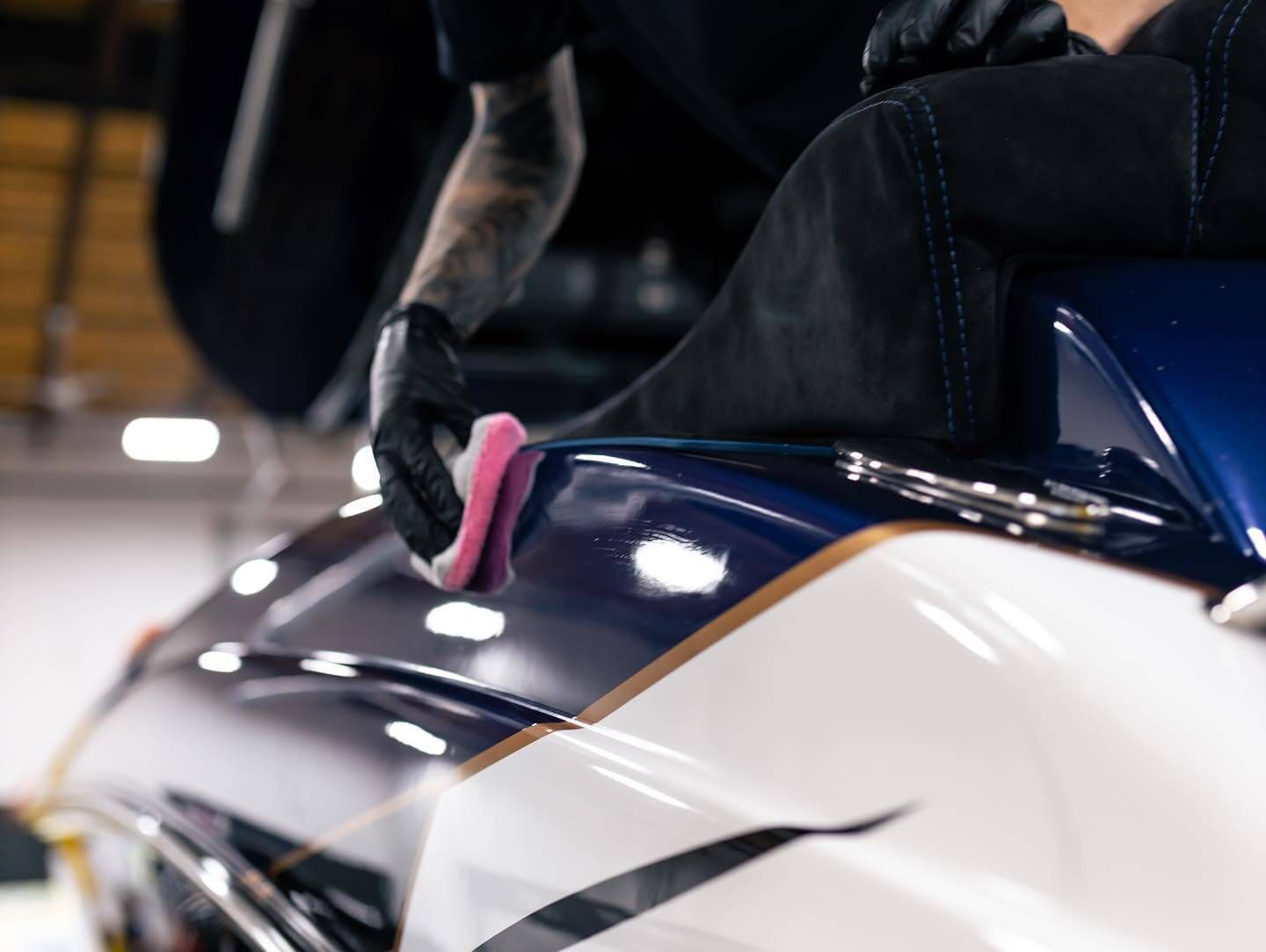Vinyl Wrap Durability: How Long Does It Last on a Car?
A vinyl wrap on a car typically serves its purpose well for quite a few years. This said, its lengthy survival depends greatly on professional installation, which ensures secure adhesion and reduces early peeling or wear. Even so, an unexpected fact is that in extreme hot or cold weather, jumps or drops in temperature can lead to the vinyl wrap wearing out faster. Now, let's look deeper into the factors that impact the lifespan of your car's vinyl wrap!
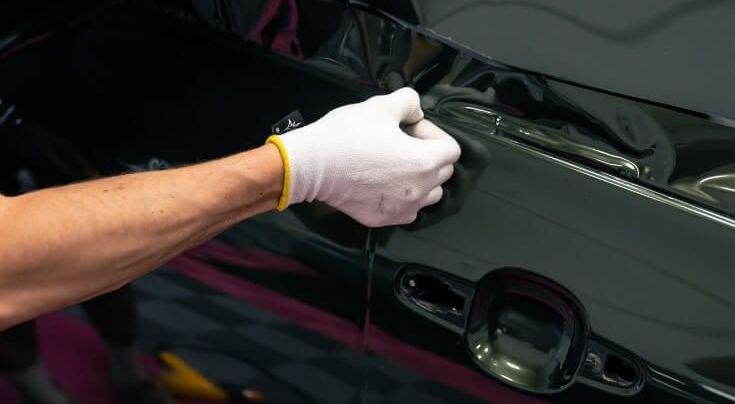
Factors Impacting Vinyl Wrap Lifespan
From the moment a vinyl wrap is applied to your car, it embarks on a journey through various weather and road conditions. Each factor mentioned here significantly impacts the duration of that journey.
Quality of Installation: The expertise of the installers plays a crucial role in determining how well the vinyl adheres to the car's surface. A professional installation not only ensures a precise fit but also addresses potential weak spots that could arise from DIY application, reducing the risk of premature peeling or wear.
Environmental Conditions: The car's vinyl wrap encounters resistance from everything nature throws at it. Harsh weather, such as extreme heat, cold, or excessive UV exposure, can degrade the wrap and cause it to lose color vibrancy over time. Road salt acts like tiny bristles, abrading and wearing down the wrap during winter driving. Furthermore, air pollution can gradually dull the once brilliant appearance of your wrap. Cars used frequently are at greater risk due to recurring exposure.
Maintenance: Proper care and regular cleaning are essential for maintaining the condition of the vinyl wrap. Regular cleaning eliminates grime, dust, and potential corrosive elements before they settle in and do lasting harm to the wrap.
While the quality of installation sets the foundation for how well your vinyl wrap will hold up over time, continuous maintenance and environmental factors truly define its longevity.
In assessing a vinyl wrap's durability, we have considered key factors influencing its lifespan. Now let's explore another crucial aspect—what temperatures a vinyl wrap can withstand.
What Temperatures Can a Vinyl Wrap Withstand?
Vinyl wraps are engineered to endure a wide array of weather conditions, making them suitable for use in diverse geographical locations. From the freezing cold of winter to the scorching heat of summer, a high-quality vinyl wrap provides a protective shield for your vehicle's exterior.
First off, let's talk about the extreme cold. When temperatures plummet, especially below zero, many materials become brittle and susceptible to cracking. However, high-quality vinyl wraps can handle temperatures as low as -40°F without succumbing to damage. Even in the harshest winter environments, your vinyl-wrapped car will remain intact and visually appealing.
In contrast, high heat presents its own challenges. As asphalt roads absorb sunlight and raise local temperatures, cars parked outside can experience significant heat exposure. Quality vinyl wraps are formulated to endure temperatures up to 180°F without peeling or cracking. They can withstand the blistering heat of the summer months without losing their adhesion or integrity, ensuring your car looks sleek and stylish regardless of the temperature outside.
It's crucial to note that not all vinyl wraps are created equal in terms of temperature resistance. When choosing a vinyl wrap for your vehicle, it's essential to opt for high-quality materials specifically engineered to withstand extreme temperatures. Look for reputable brands with a proven track record of producing durable and reliable vinyl wraps.
Understanding the remarkable temperature range that high-quality vinyl wraps can withstand underscores their resilience and adaptability, no matter where you drive or park your vehicle.
By grasping the temperature extremes that top-tier vinyl wraps can endure, we unravel the multifaceted nature of these protective covers. Now, let's shift our focus to another environmental factor that can influence the longevity of vinyl wraps—UV rays.
Do UV Rays Affect the Life of Vinyl Wrap?
Just as prolonged exposure to the sun can damage our skin and cause colors to fade from fabrics, UV rays can significantly impact the longevity of vinyl wraps on vehicles.
UV radiation from the sun triggers a chemical reaction in adhesives and polymers, leading to a process called photodegradation. This process breaks down the adhesive molecular structure, potentially resulting in loss of adhesion and color fading, underscoring the importance of protecting your vinyl-wrapped vehicle from these detrimental effects.
UV rays tend to affect regions with intense sun exposure more severely, but it's essential for all car owners to be mindful of their potential effects.
Color fading is a common issue due to UV exposure. Over time, the vibrant colors of a vinyl wrap may start to fade because of prolonged exposure to UV rays, affecting both the aesthetic appeal and durability of the vehicle.
To counter the adverse effects of UV rays on vinyl wraps, it's essential to implement protective measures and ensure proper maintenance and care routines. Fortunately, various strategies and products are available to shield your vehicle's wrap from the harmful impacts of UV radiation.
Implementing regular use of protective sprays and waxes specifically designed for vinyl materials can significantly reduce the damaging effects of UV rays, preserving both the appearance and durability of the vinyl wrap. These products offer a practical solution for prolonging the life of vinyl wraps even in regions with intense sun exposure by providing an additional layer of safeguarding against color fading and adhesive degradation.
Understanding the impact of UV rays on vinyl wraps equips you with valuable knowledge that will influence your approach to caring for your car's exterior. In our next segment, we'll explore some additional factors influencing the lifespan of vinyl wraps on vehicles. Stay tuned!
Clear Protection Film for Vinyl Wraps
Applying a clear protective film over your vinyl wrap serves as the ultimate shield, ensuring that your car retains its glossy look and impeccable finish for an extended period. This protective film acts as an additional layer of defense against scratches, bird droppings, tree sap, road debris, and other environmental factors that can damage the vinyl wrap underneath.
The thin and transparent nature of this protective film allows it to form an imperceptible barrier while preserving the aesthetics of the underlying vinyl wrap. It provides peace of mind for car owners who want to maintain the pristine appearance of their vehicle without worrying about damage from everyday wear and tear.
Furthermore, the protective film is specifically designed to absorb and disperse UV radiation, preventing it from reaching the vinyl wrap and causing color fading or degradation. This is particularly crucial for vehicles that are frequently exposed to direct sunlight as part of their daily routine.
Providing comprehensive coverage, the protection film shields not only the body panels but also the bumpers, mirrors, and other vulnerable areas that are more susceptible to abrasions and impacts during regular usage.
One notable advantage is that this clear film is self-healing, meaning that any light scratches or blemishes it accumulates can be smoothed out simply through exposure to a bit of heat, effectively erasing signs of damage and ensuring a flawless finish for years to come.
Incorporating a clear protection film into your vinyl wrapping process is akin to providing your vehicle with an invisible suit of armor. It not only safeguards against external elements but also enhances the durability of the vinyl wrap, ensuring a long-lasting and lustrous appearance.

Tips for Maintaining Your Vinyl Wrap
When you make the effort to apply a vinyl wrap to your car, you want it not just to look good but also to last as long as possible. Vinyl wraps are a significant investment, and taking care of them properly can extend their lifespan and keep them looking vibrant and glossy for years to come.
Regular Cleaning
One crucial way to maintain your vinyl wrap is through regular cleaning. It sounds simple, but consistency is key. Before you start scrubbing away at your car, remember that gentleness is best—use a mild detergent and a soft microfiber cloth. The idea is to remove dirt and grime while being kind to the material itself. Regular washing helps prevent dirt from becoming deeply embedded in the vinyl, which could lead to more extensive damage over time.
Avoid Abrasive Materials
In line with gentle cleaning, it's essential to steer clear of abrasive materials. That means saying no to harsh chemicals and abrasive cleaning agents. These substances can damage the vinyl's surface, potentially leading to discoloration or peeling. Just as you wouldn't use sandpaper on your car's paint, don't use abrasive cleaners on your vinyl wrap.
Sheltered Parking
Where you park your car matters too, believe it or not! Heat and sunlight can have damaging effects on your vinyl wrap over time. Whenever possible, try to park your vehicle in covered or shaded areas, particularly during the peak hours when the sun's rays are at their strongest. Prolonged exposure to the sun can cause the colors on your vinyl wrap to fade, impacting its overall appearance and reducing its lifespan. So, whether it's under a shelter or in the shade of a tree, finding cover can make a real difference in preserving the quality of your vinyl wrap.
By adhering to these simple yet effective maintenance strategies, you can significantly extend the life of your vinyl wrap.
Does the Quality of Vinyl Wrap Make a Difference?
In the world of vinyl wraps, not all materials are created equal. The quality of the vinyl wrap you choose plays a significant role in determining its durability and lifespan. High-quality wraps from well-known and reputable manufacturers are engineered with advanced technology to be more durable and resistant to fading. They undergo stringent testing to ensure long-lasting performance that can withstand the elements.
Premium vinyl wraps are often made using top-grade materials that provide superior protection and longevity for your vehicle's surface. These wraps resist fading, cracking, and peeling better than lower-grade alternatives. The improved durability and resistance to fading ensure high-quality vinyl wraps maintain their appearance and protective qualities for a longer period of time.
Additionally, reputable manufacturers invest in research and development to create vinyl wraps that can withstand prolonged exposure to UV rays, harsh weather conditions, and environmental pollutants. This ensures that your vehicle retains its aesthetic appeal while being shielded from potential damage to the underlying paint.
Another area where quality matters is in the installation process. Professionals often use higher-quality wraps as they are easier to work with due to their flexibility and ability to conform neatly around the curves and contours of the vehicle.
For instance, Ceramic Pro Coating, a premium self-healing paint protection film, provides exceptional long-term protection for vehicles. It incorporates cutting-edge technology to deliver self-healing properties that help eliminate swirls and fine scratches over time, effectively prolonging the life of the wrap while maintaining a pristine appearance.
In contrast, lower-grade vinyl wraps may display signs of wear much earlier due to poor adhesion, a lack of UV protection, and inferior material composition. This can result in premature discoloration, degradation, and reduced longevity.
Ultimately, the quality of your vinyl wrap can make a substantial difference in its durability and lifespan. Investing in a high-quality product from a reputable manufacturer not only ensures superior protection for your vehicle but also minimizes maintenance needs and maximizes the longevity of the wrap.
With an understanding of how the quality of vinyl wrap impacts its durability, let's move on to explore additional factors that contribute to its longevity.
Identifying When Your Vinyl Wrap Needs Replacement
So, your car has been wrapped for a while and now you're considering if it's time for a new wrap. Sometimes, the need for replacement is obvious, but other times it might not be so clear. Here are some clear signs to watch out for:
Fading or Discoloration
One of the most straightforward signs that your vinyl wrap is past its prime is fading or noticeable discoloration. Over time, as the sun's UV rays and environmental elements take their toll, the once vibrant colors can start to fade. The vinyl may lose its sheen and look dull or discolored, which can significantly detract from your car's overall aesthetic appeal. When this happens, it's a strong indicator that your wrap needs replacing to maintain your car's visual charm.
Peeling or Lifting
Another clear sign that your vinyl wrap is due for a change is when sections start to peel or lift from the car's surface. You might notice this along edges and contours, especially in areas that experience more wear and tear. The appearance of peeling or lifting signifies that the adhesive bond has weakened or failed, compromising the effectiveness of the wrap.
It's akin to a sticker slowly coming undone, making the entire appearance look messy and unkempt.
Visible Damage
Have you noticed scratches, tears, or perforations on your vinyl wrap? These types of damages can significantly impact the protective function of the wrap. In fact, these openings expose your car's original paint to potential damage from the environment, thereby reducing the purpose of having a protective vinyl wrap in the first place. Scratches can accumulate dirt and moisture, leading to accelerated wear and corrosion of your car's original finish.
Moreover, aside from their impact on protection, visible damages compromise the clean and seamless look that a vinyl wrap should provide. They detract from your vehicle’s aesthetics rather than enhance them.
Being aware of these signs provides crucial insight into whether your vinyl wrap needs attention or replacement. It helps ensure that your car continues to look great and is properly protected.
Final Words
Vinyl wrap can provide lasting brilliance and protection for your car, making it a transformative solution in search of lasting brilliance and protection. Remember, vinyl wrap longevity is determined not just by time but by how well cared for your car is. Detail Solutions has been your partner in automotive aesthetics with unparalleled expertise in vinyl wrap service for a long time.
If you are considering installing vinyl wrap on your car, don't hesitate to reach out to
Detail Solutions for expert advice on installation options.

